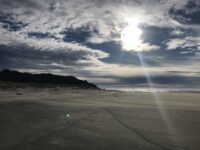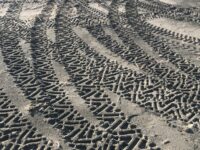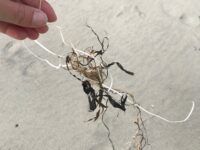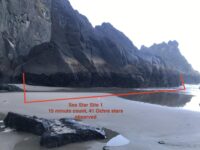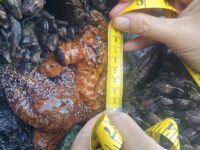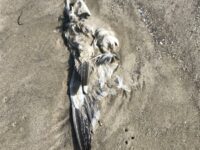Mile 247 Report
South Spit Salmon River, Tillamook/Lincoln county line
September 14, 2023
As stated above, notable wildlife on the estuary side of the sand spit included 2 herons, 1 harbor seal and many small (approx.
Report Details
As stated above, notable wildlife on the estuary side of the sand spit included 2 herons, 1 harbor seal and many small (approx. 3 in diameter) jellyfish. On the ocean side of the sand spit notable wildlife included leather chitens, ochre sea stars, a giant mole crab, sand fleas (in the tide line), giant green anemones, gooseneck barnacles, mussels and a small group of small, brown and white, unidentified shore birds. There were two groups of supervised school-aged kids in the rocky habitat (presumably from Camp West Wind). Due to a survey group size of 1 and an extreme lack of debris in the Marine Debris Survey 100m monitoring area, a Marine Debris Survey was not conducted during this CoastWatch survey. A 15 minute count of ochre stars was conducted for Sea Star Monitoring Sites 1 and 2. Site 1 yeilded a count of 41 ochre sea stars. Site two yeilded a count of 116 ochre sea stars. The ochre sea stars included in these two, 15 minute counts were not measured due to team size of 1 and absence of measuring tape.
Conditions
Temperature: 61 F. Cloud Cover: Sunny. Wind Velocity: Calm/Light. Wind Direction: N. Tide Level: -0.2 feet.
Human Activities
Number of people: 17. Walking or running: 17. Playing in surf: 10. Playing in sand: 10. Tidepooling: 6. There were two groups of young people with counselors from the nearby Camp West Wind exploring the rocky habitat at the south end of Mile 247.
Notable Wildlife
On the estuary side of the sand spit 2 herons, 1 harbor seal and many small (approx. 3 in diameter) jellyfish were observed. On the ocean side of the sand spit in the rocky habitat at the south end of Mile 247 were numerous leather chitons, ochre sea stars, a giant mole crab, sand fleas (in the tide line), giant green anemones, gooseneck barnacles, mussels and a small group of small, brown and white, unidentified shore birds.
Beached Birds
none
Stranded Marine Mammals
none
Dead Fish or Invertebrates
none
Driftline Content
Seaweeds and seagrass, Shells, Animal casings (e.g., crab, shrimp molt), Wood pieces, Ocean-based debris (from fishing boats, ship trash, etc.). There was an unusual, high, concentration of thin, white, brittle, plastic string (approx. 1mm in diameter) entangled with seaweed and other grasses in the driftline / wrack line / tide line at the south end of Mile 247.
New Development
none
Man-made Modifications
none
Natural Changes
none
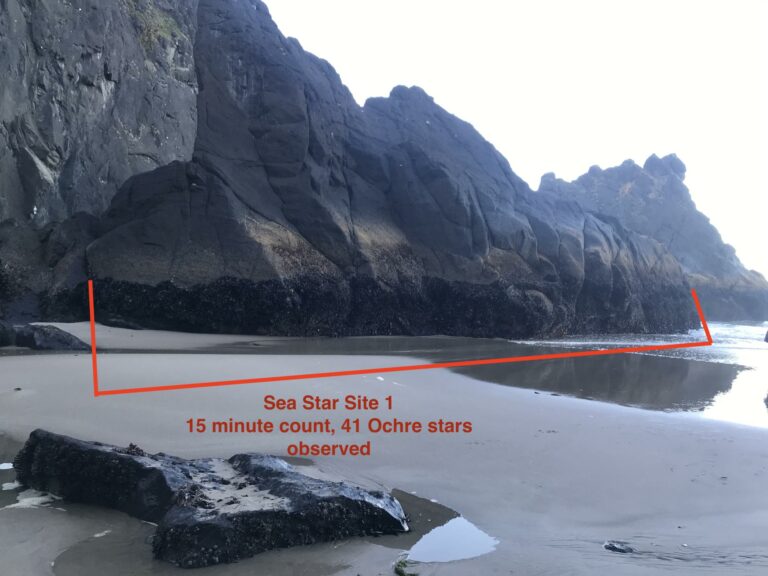
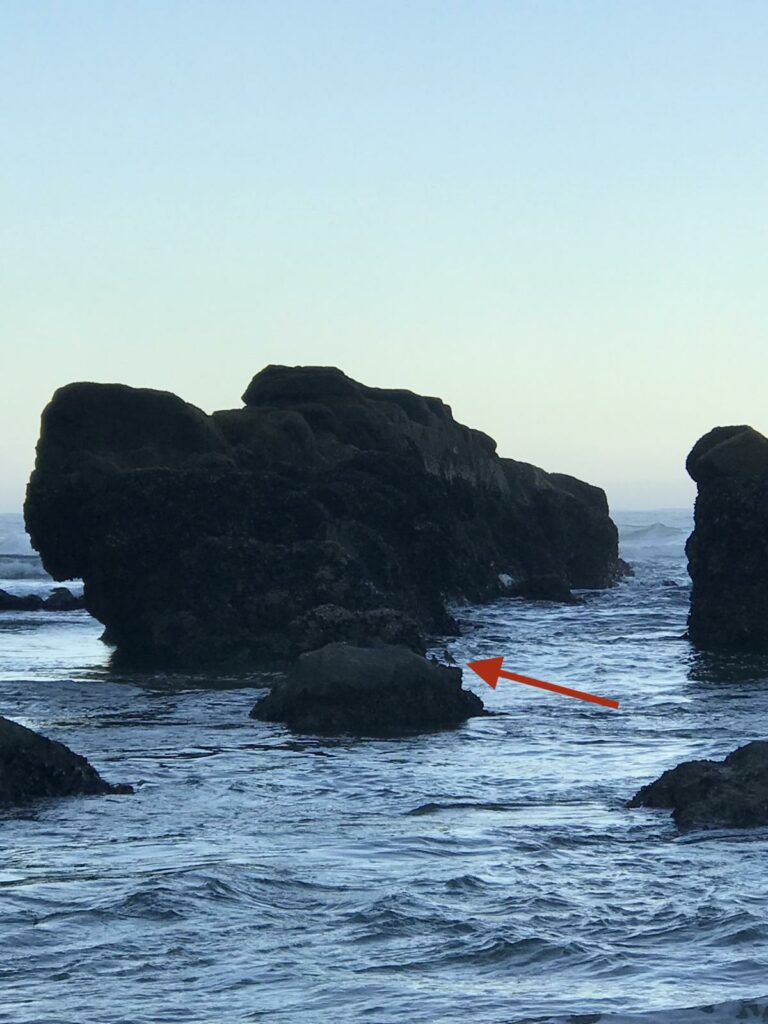
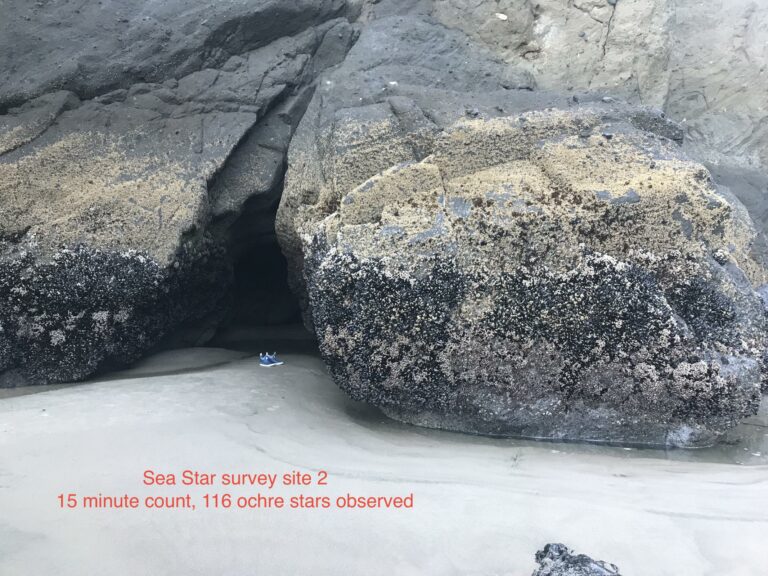
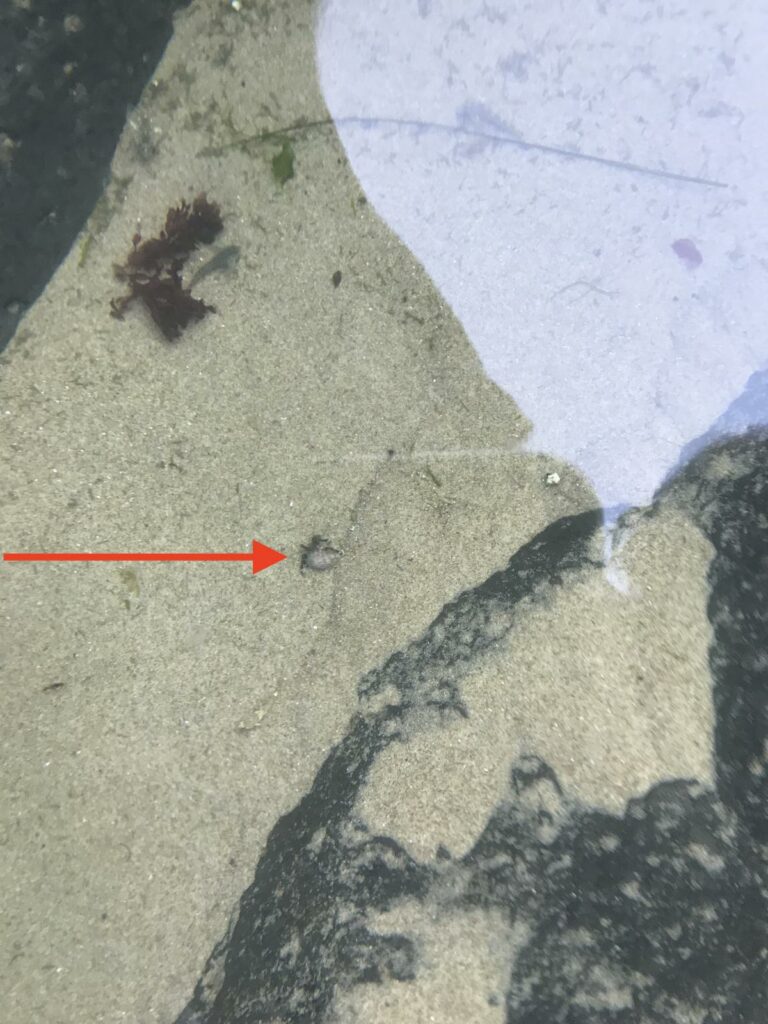
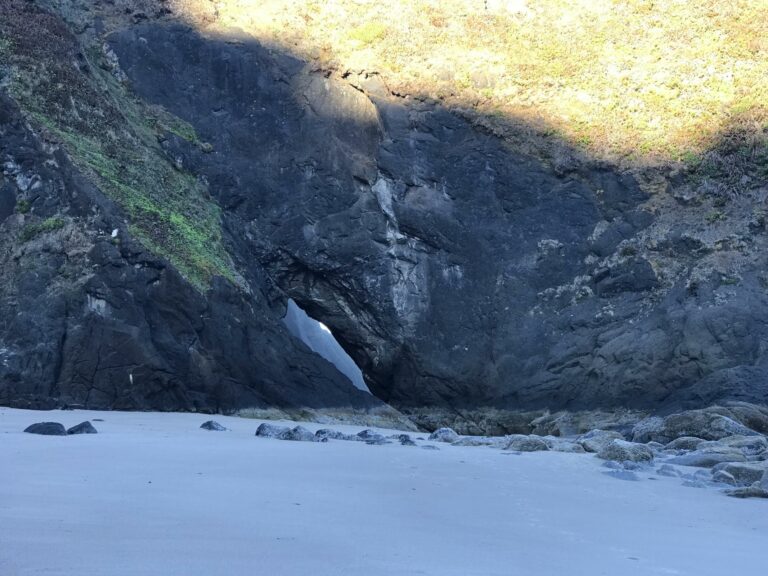
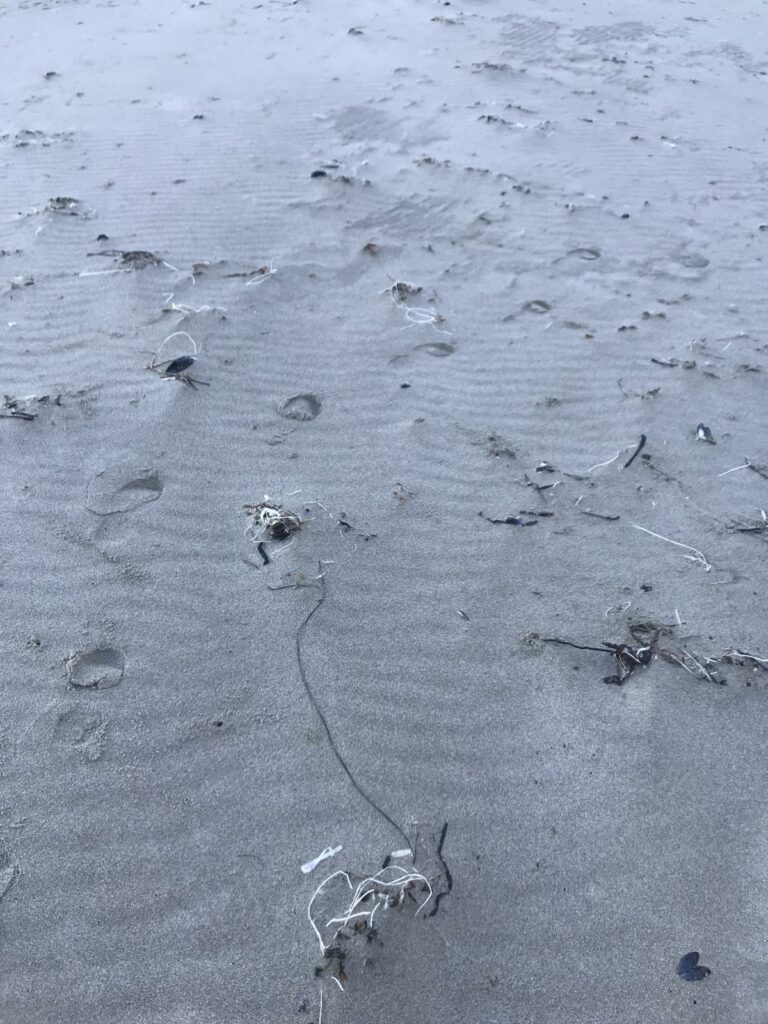
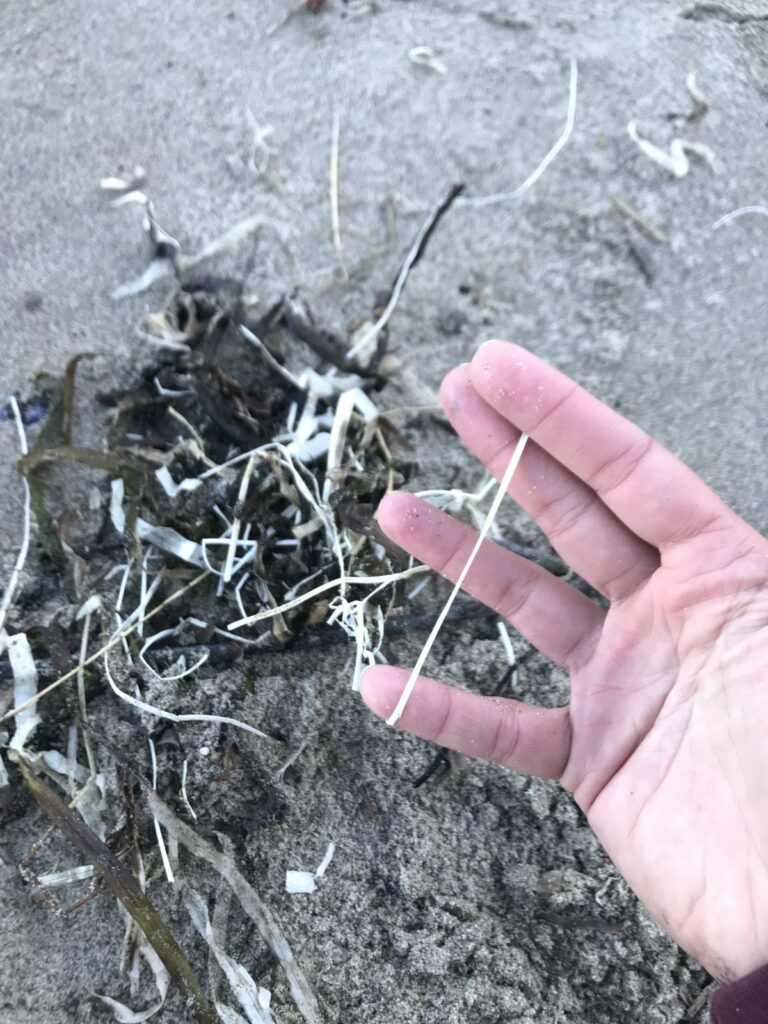
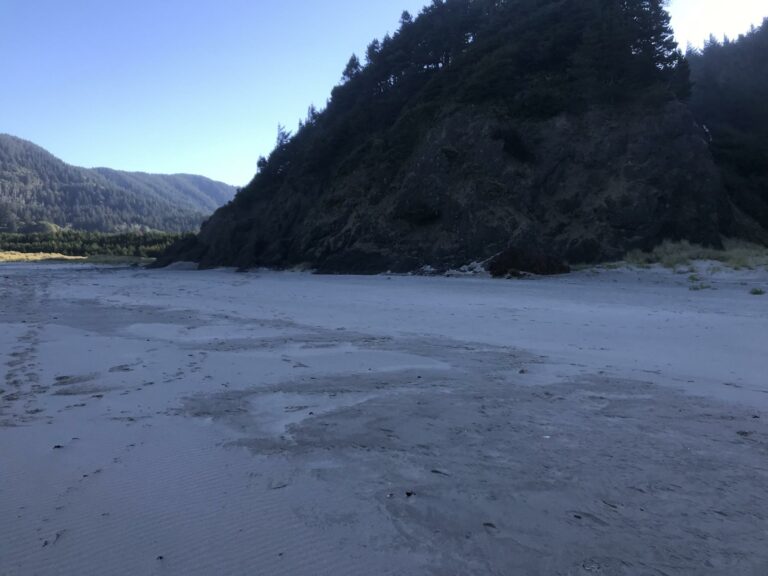
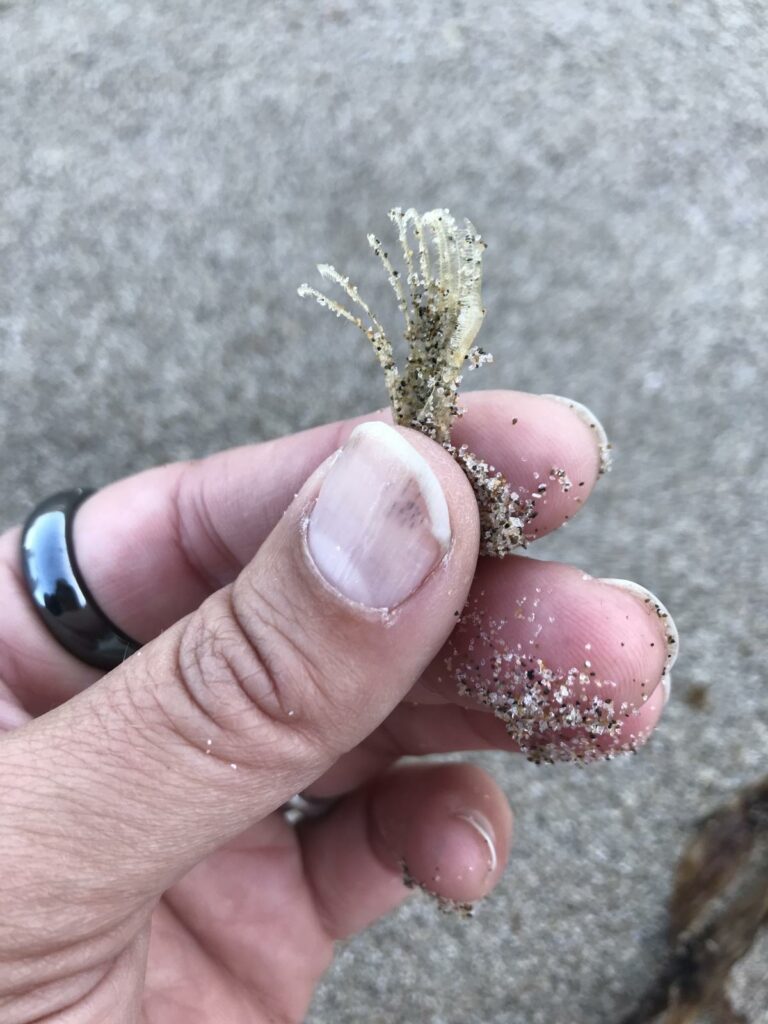
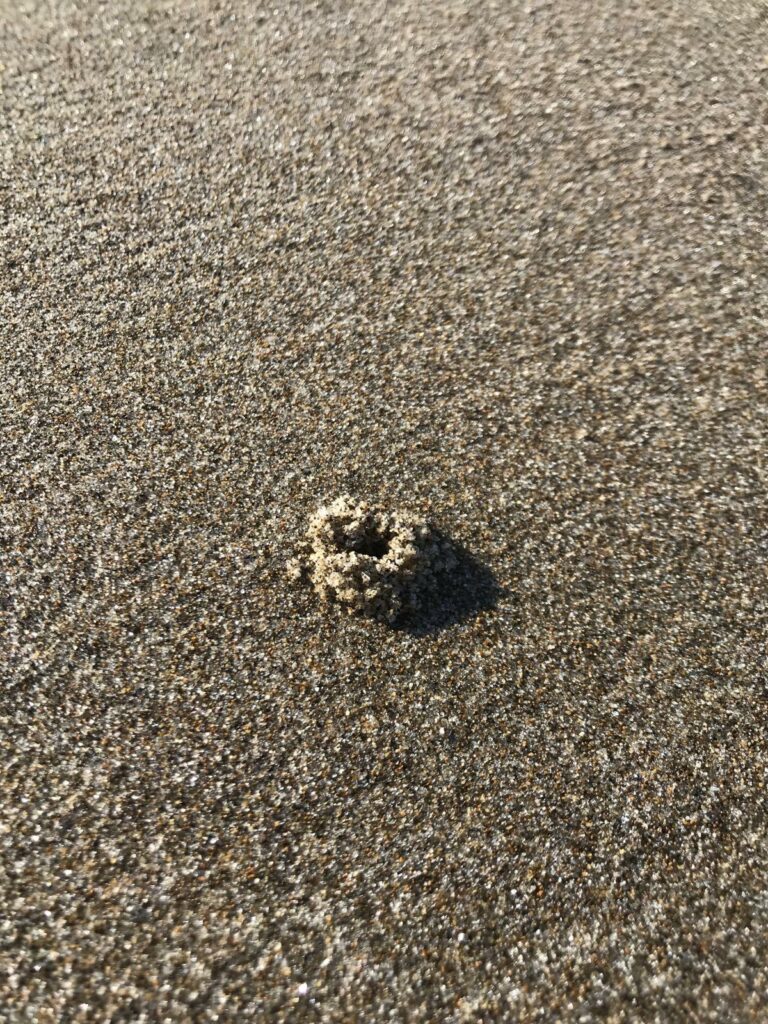
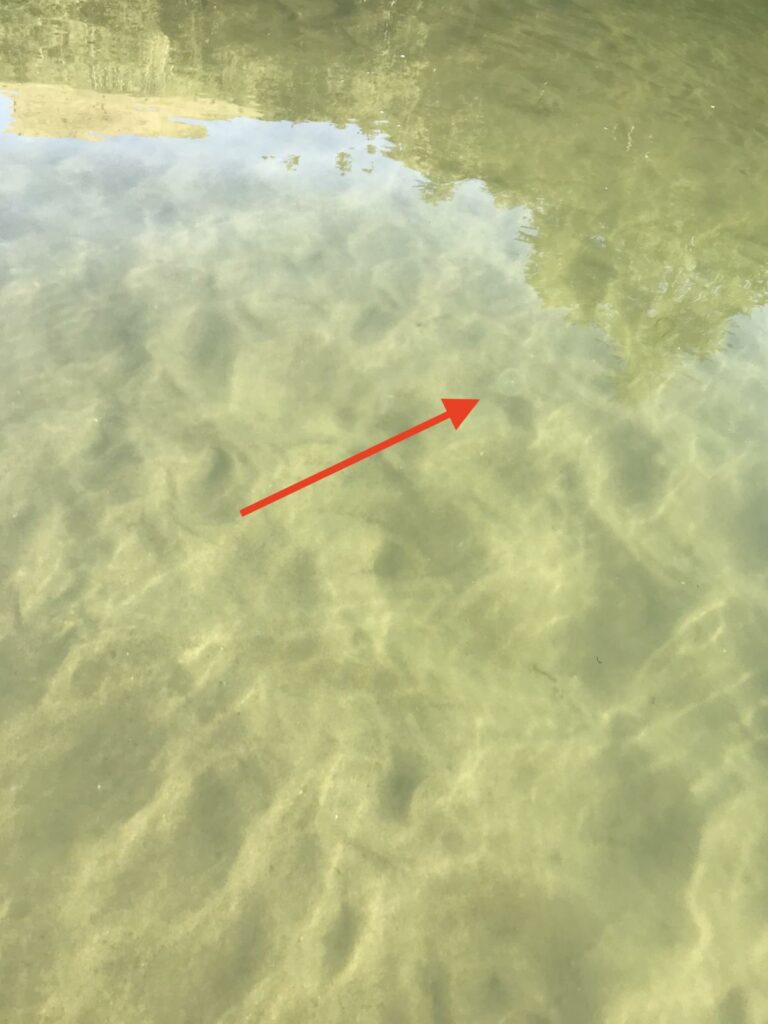
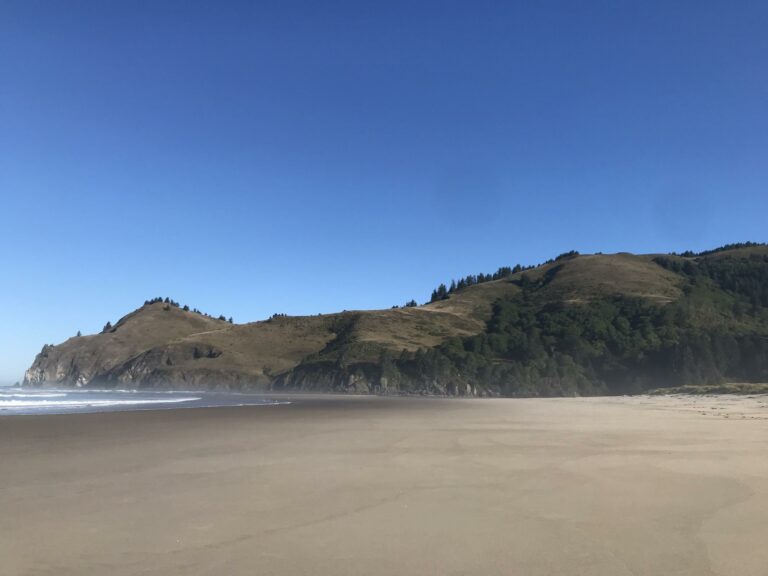
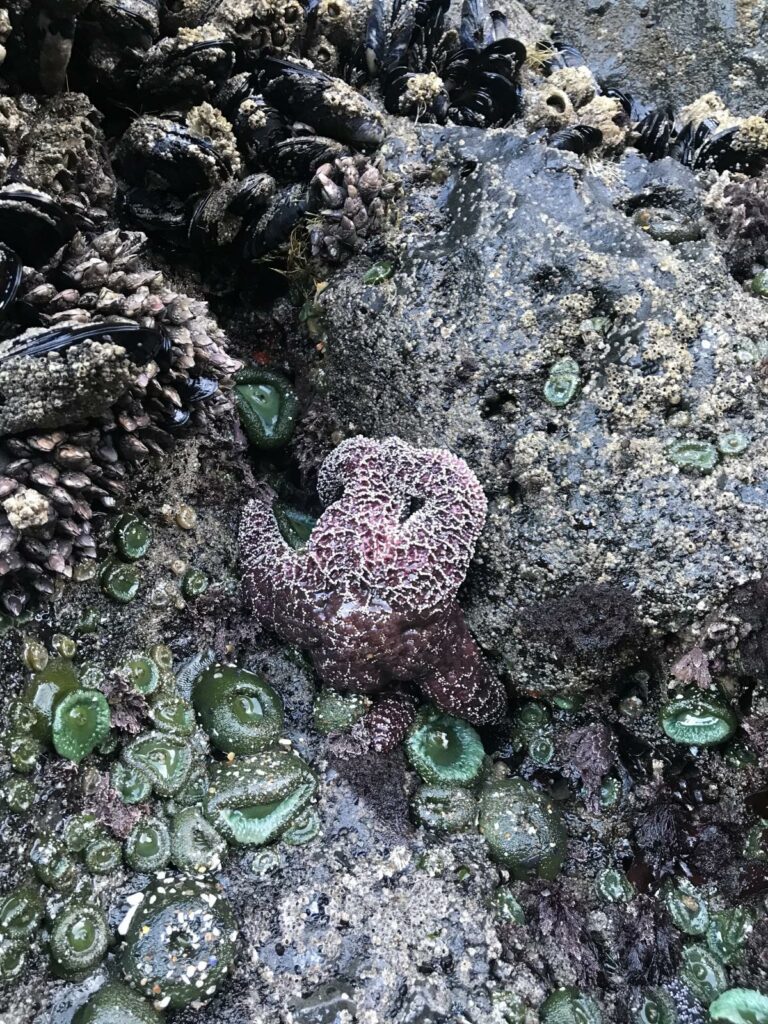
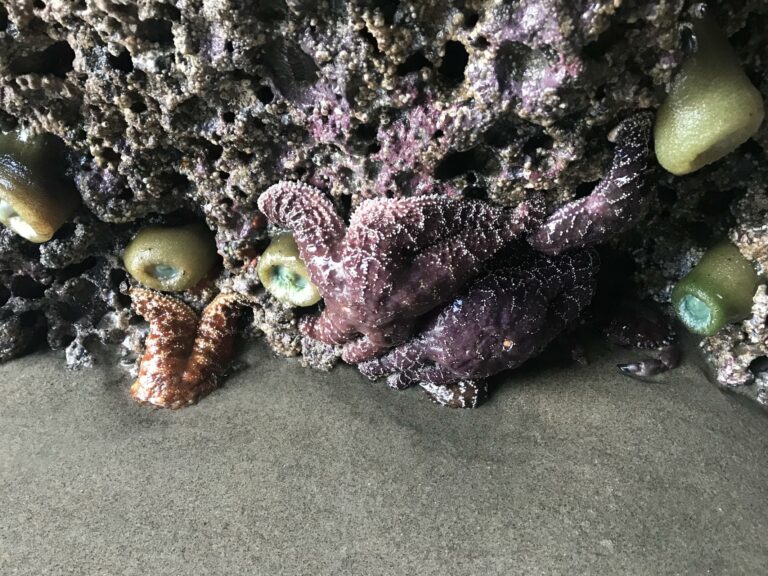
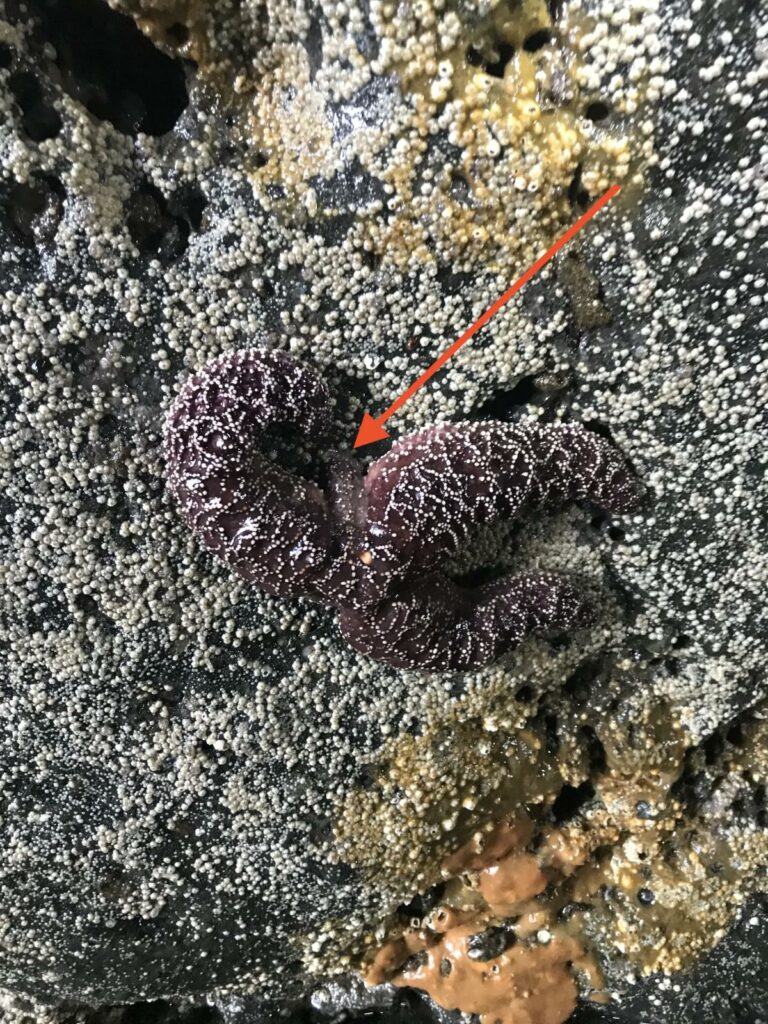
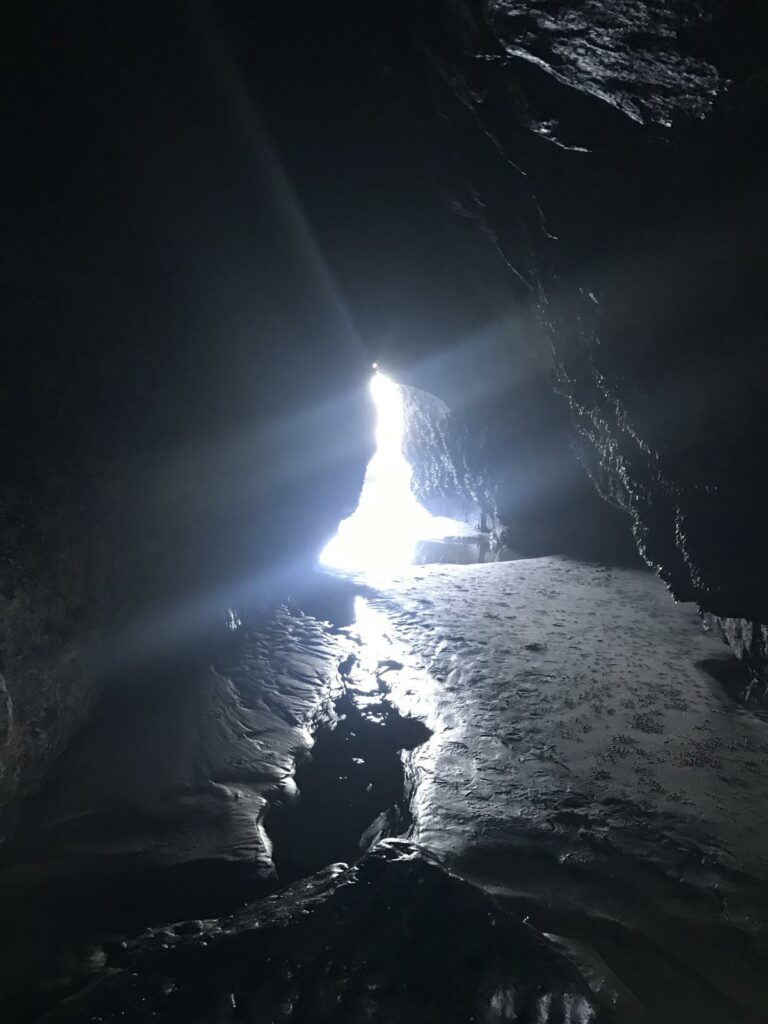
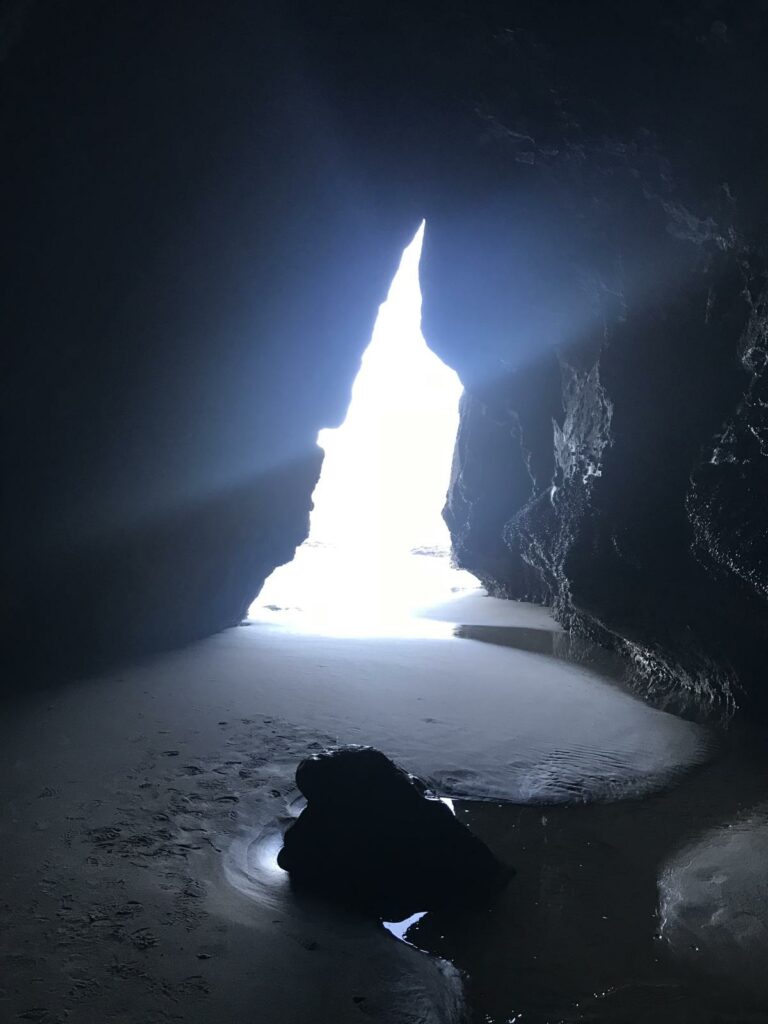
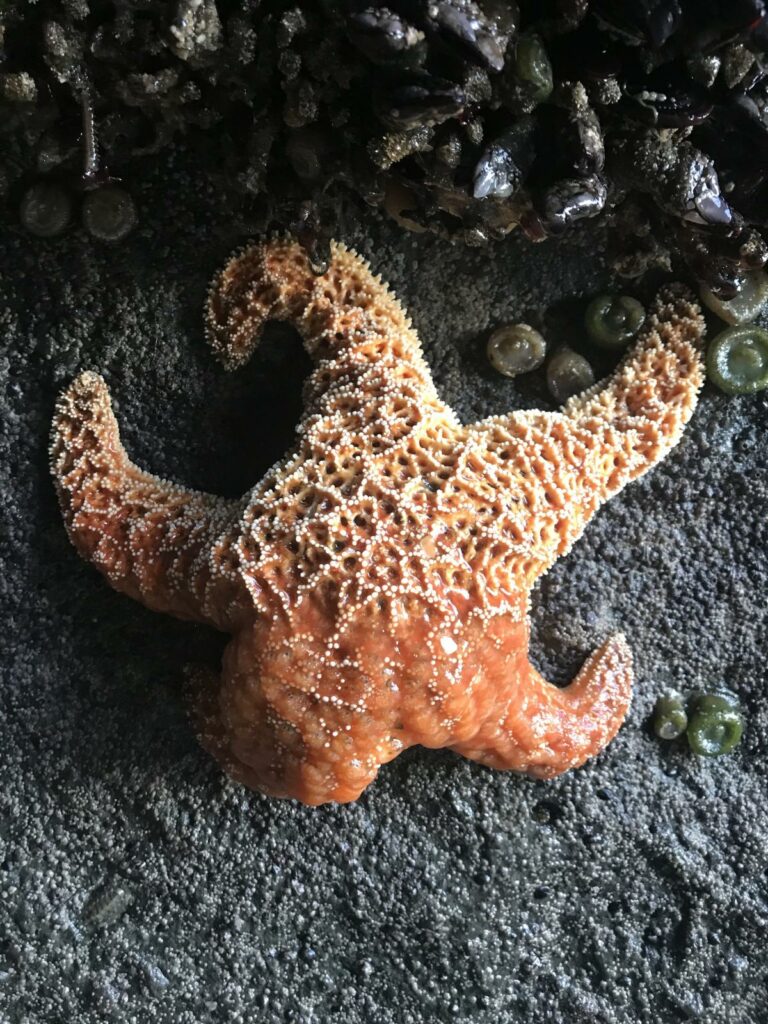
Report Images
All Mile 247 Reports
Mile 247
South Spit Salmon River, Tillamook/Lincoln county line
Sitka Center team member Nancy and Sitka Center artists in residence Evan, Rose, Katrina, Tim, Maria and M accessed the site via kayak.
Nancy Newman
Mile 247
South Spit Salmon River, Tillamook/Lincoln county line
Sitka Team members and Sitka Center artists in residence accessed Mile 247 via kayak, walked south taking observations of the beach mile and met Camp Westwind Team members near Mile 247's rocky habitat.
Nancy Newman
Mile 247
South Spit Salmon River, Tillamook/Lincoln county line
This CoastWatch survey was conducted by Sitka Team member Nancy and 4 members of the Sitka Center 2024 resident cohort: Thomas, Erin, Christian and Fran.
Nancy Newman
Mile 247
South Spit Salmon River, Tillamook/Lincoln county line
Sitka Center for Art and Ecology team members Nancy and Alison conducted this CoastWatch survey.
Nancy Newman
Mile 247
South Spit Salmon River, Tillamook/Lincoln county line
During this survey there were no visible Ochre Sea Stars in the rocky habitat at the south end of Mile 247.
Nancy Newman
Mile 247
South Spit Salmon River, Tillamook/Lincoln county line
As stated above, notable wildlife on the estuary side of the sand spit included 2 herons, 1 harbor seal and many small (approx.
SitkaCenter21
Mile 247
South Spit Salmon River, Tillamook/Lincoln county line
The group of 6 survey participants consisted of Sitka Center & CoastWatch staff, and community members.
SitkaCenter21
Mile 247
South Spit Salmon River, Tillamook/Lincoln county line
The site was accessed by kayak and the survey team walked around the north end of the sand spit to the ocean side of the monitored mile.
SitkaCenter21



